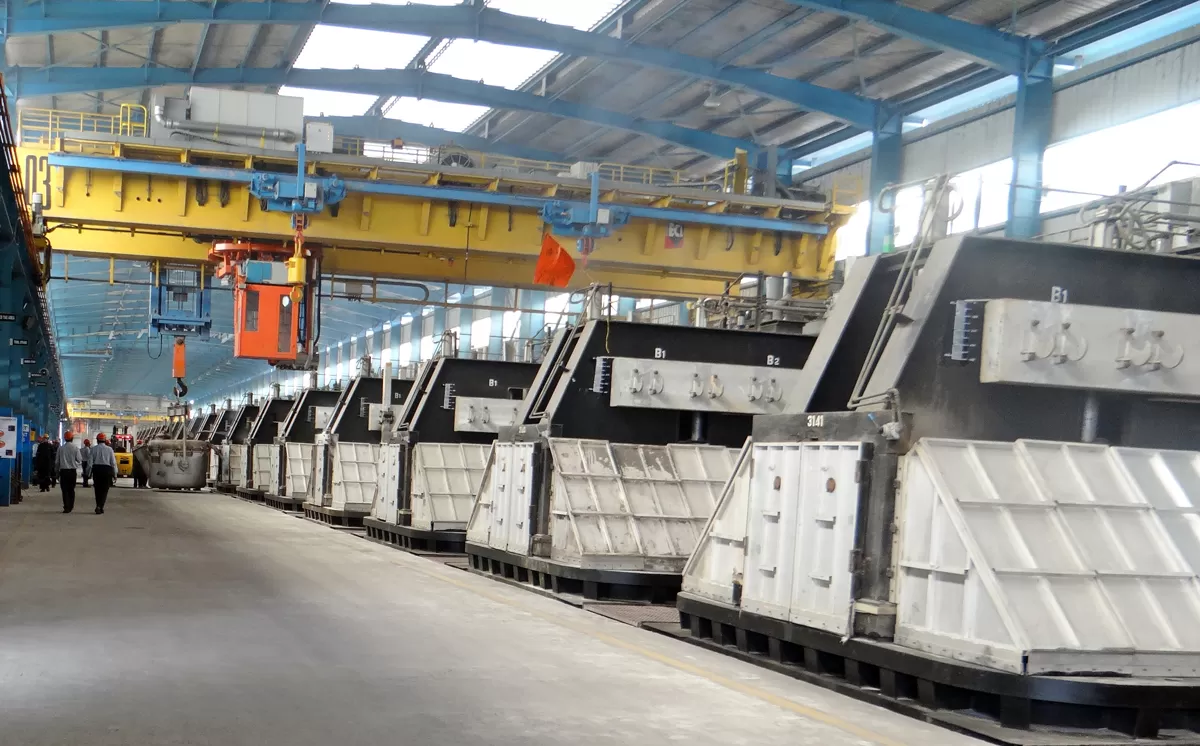

Vedanta Aluminium Unveils New Process to Recover Graphite from Waste
On National Technology Day 2025, Vedanta Aluminium, India’s largest aluminium producer, announced that a patent has been granted for its breakthrough technology that enables the recovery of high-purity graphite (>99 per cent) from aluminium industry waste. This achievement exemplifies the spirit of this year’s theme: ‘YANTRA - Yugantar for Advancing New Technology, Research & Acceleration’ - by transforming industrial waste into a strategic national resource. As the nation celebrates National Technology Day, Vedanta Aluminium’s patent is a testament to Indian industry’s..

CABSAT Integrate Middle East and SatExpo 2025 to Start Tomorrow in Dubai
"Three powerhouse events—CABSAT, Integrate Middle East (Integrate ME), and the inaugural SATExpo Middle East—launch tomorrow (May 13) at the Dubai World Trade Centre (DWTC), uniting global innovators across media, broadcast, satellite, and Pro AV to shape tomorrow’s digital landscape.Taking place from May 13 to May 15, the 31st edition of CABSAT will host over 700 brands from the media, technology and entertainment industry, with dedicated international pavilions, including China, France, and Carl Pocknell, Division Head & General Manager- System Solutions & Communications Divisi..

Hansgrohe India Launches LavaPura S Redefining Smart Bathroom Hygiene
hansgrohe, the premium German brand in bathroom and kitchen solutions, officially announced the launch of its latest innovation — the LavaPura Element S series of e-toilets for the Indian Market. Blending effortless hygiene, design-led luxury, and modern-day convenience, the LavaPura Element S reaffirms Hansgrohe’s commitment to transforming everyday bathroom rituals through smart technology, sustainable design, and understated elegance.Crafted primarily for private residences but equally suited for high-end hospitality environments, the LavaPura Element S series is engineered to meet Indi..














